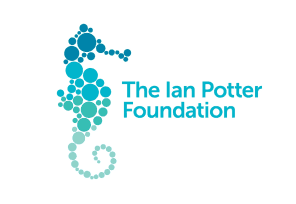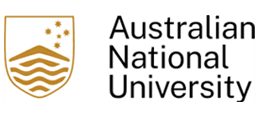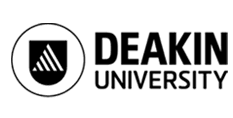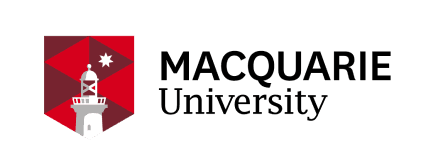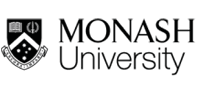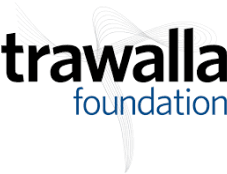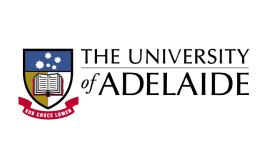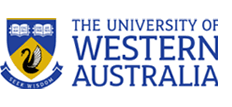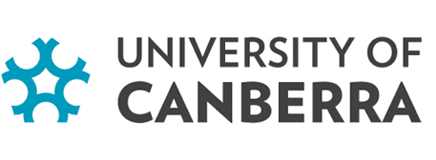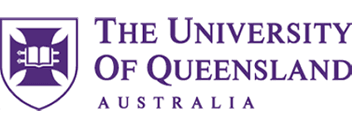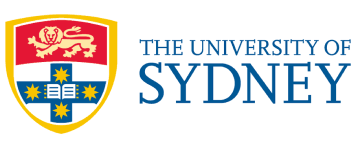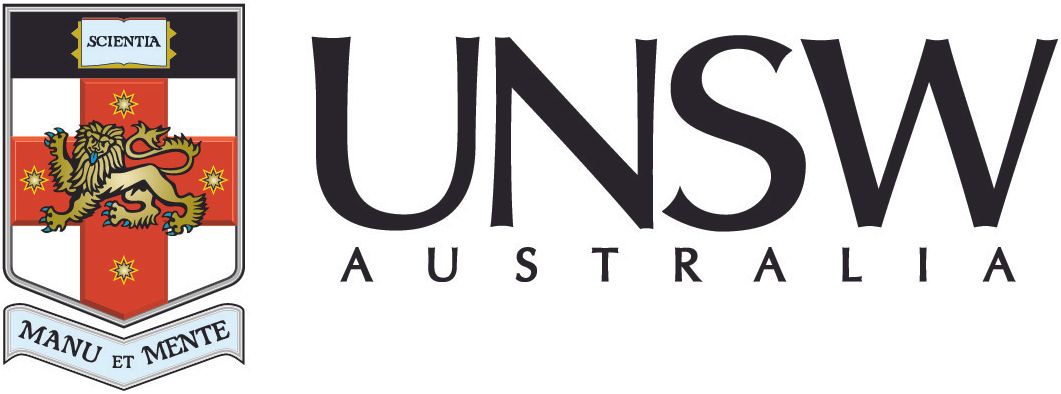Indigenous-led Jaragun Ecoservices receive $2 million to help restore Russell Mulgrave Basin
An aerial view of Vallisneria nana macrophyte beds that naturally recruited in the Russell River following control of the introduced species Glush Weed (Hygrophila costata). Image: Susannah Leahy, Department of Agriculture and Fisheries 2024.
News story
5 July 2024
The federal government has just awarded 18 projects grants of up to $2 million to restore and rehabilitate coastal habitats on the Great Barrier Reef. Among the recipients is Jaragun EcoServices, who will be working in the Russell Mulgrave Basin to recover three culturally and ecologically important species that can improve carbon sequestration, sediment and nutrient filtration and other ecosystem services.
The Russell Mulgrave Basin lies within three overlapping conservation areas: the Wet Tropics World Heritage Area, Great Barrier Reef World Heritage Area and Russell River National Park. The area is a recognised biodiversity hotspot, and is home to important wetlands and unique species found nowhere else – like, the golden footed frog and the Cling gobi.
However, much of the swamps and habitat in the vicinity of the rivers have been cleared and used for farming, predominantly agriculture. Farming, soil types and high rainfall contribute to the Russell being one of the top polluters of the Great Barrier Reef.
Of the 35 catchments that drain into The Great Barrier Reef, the Russell catchment is the third highest contributor of dissolved inorganic nitrogen into the reef – a pollutant that reduces coral cover, coral diversity and distribution of coral reef and increases susceptibility to and/or inability to recover from coral bleaching.
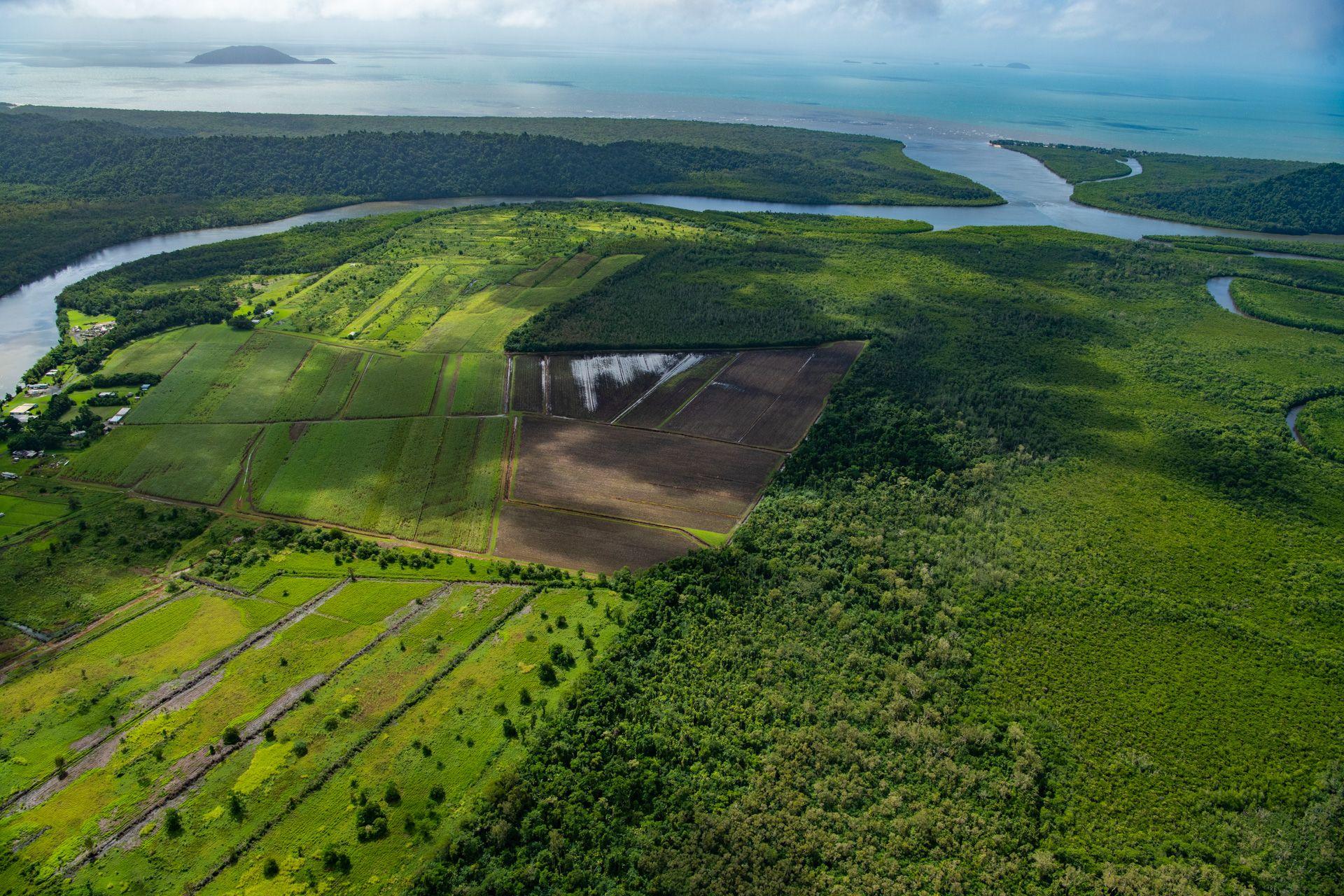
The mangrove system of Mutcheroo Inlet, the location of the project’s oyster rehabilitation and seagrass survey, provides significant ecosystem services including regulation of climate through carbon sequestration and storage, habitat for native fish, and water filtration for improved water quality to inshore reefs. Image: Gary Cranitch © Queensland Museum
Jaragun EcoServices is a Wanjuru-Yidinji owned and operated organisation. Wanjuru are the Traditional Owners and custodians of the Russell River and lower Mulgrave River. Formed in 2006, Jaragun EcoServices focuses its efforts on rehabilitating the catchment - drawing on cultural knowledge, and developing the capacity and skill sets of younger Wanjuru by creating opportunities to work on land and sea country.
Rangers working with TropWATER (James Cook University) to submerge a multi-probe to collect baseline environmental conditions within a Vallisneria sp. bed. Image: Jaragun EcoServices (2024)
Wanjuru people have observed the biodiversity of the Russel Mulgrave Basin decline over time, which has flow-on effects to the reef.
For example, oysters play an important role in the ecosystem – they function as a natural filter removing nutrients from the water, they stabilise the foreshore which protects against erosion and they create feeding, breeding and resting grounds for fish and crustaceans.
Wanjuru people have observed the decline of oysters in the Mutcheroo Inlet – the area where the Russell and Mulgrave rivers meet and flow into the ocean. Oysters were abundant and harvested as a traditional food source, but have declined since the 1960s – 1980s due to changes in the way the catchment is used.
The loss of oysters from this area, and the natural services they provide, means more pollutants reach the reef. Of significance, the increased erosion of the mangrove foreshore associated with loss of protection provided by oysters is turning the mangrove system from a carbon sink to a carbon source.
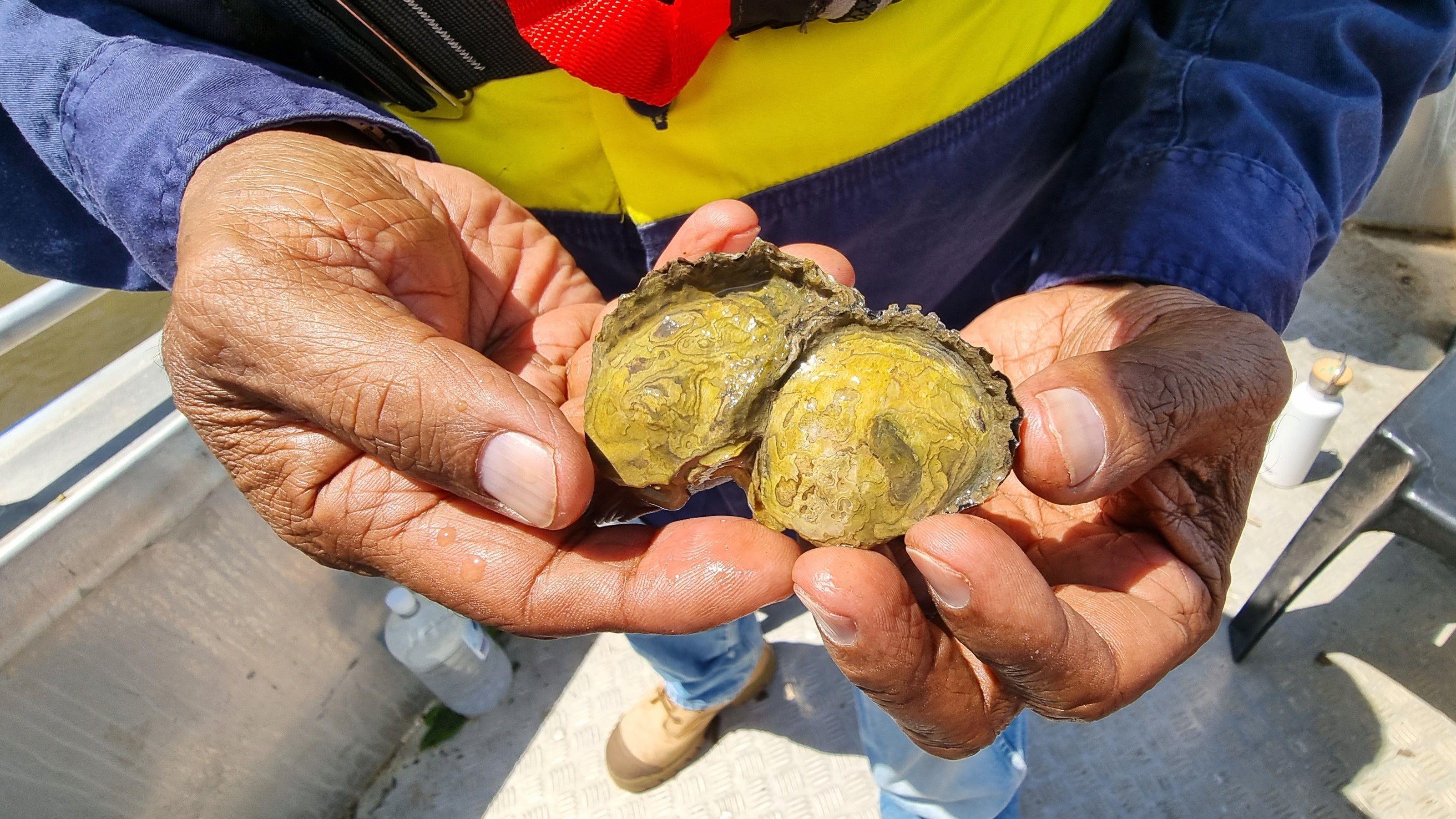
Jaragun EcoServices and Geoscience Australia undertaking a scoping exercise to identify oyster locations as part of planning for restocking oysters within the Russell River estuary. Image: Jaragun EcoServices (2023)
Jaragun Ecoservices will receive $2 million over two years from the Australian Government’s Reef Coastal Restoration Fund to restore the multi habitat mangrove ecosystems of the Russell Mulgrave Basin.
The project will address three key threats to the catchment and the reef: erosion, water quality (sedimentation and nutrients) and loss of keystone riverine habitats by focussing on the recovery of three key species: oysters, Vallisneria nana (known locally as ribbon grass) and seagrass meadows. In-built throughout the project is training to build the skills and capacity of local Wanjuru people.
The two-year project will:
- Accelerate the growth of new oysters by working with aquatic experts at James Cook University using tried-and-tested aquaculture reseeding techniques. Spat (young oysters) will be collected and grown on artificial substrates to increase fertilisation and larval settlement in the estuary. The project will use similar techniques to a project deployed in Chesapeake Bay, where large areas of oyster reefs have successfully returned in degraded parts of the bay.
- Restore 15,000 square metres of ribbon grass over the two-year duration of the project. Ribbon grass has started to naturally reoccur in areas where Jaragun has previously removed glush weed (Hygrophila costata). The team will build on this previous success, by removing aquatic pest weeds from primary habitat and replanting them with ribbon grass. Ribbon grass has been identified as one of the most critical aquatic plants for maintaining food webs and aquatic ecosystems in the area as it helps with water quality by nutrient cycling, reducing streambank erosion, trapping sediment and climate regulation through carbon capture.
- Map the extent of seagrass meadows (Zostera mulleri sp.) to understand the recovery potential in the area and inform future restoration options. At one stage, seagrass had completely disappeared from the area but a few small patches have reappeared. Seagrass plays an important role in capturing carbon from the atmosphere as it grows, and can store carbon 35 times faster than rainforests. Native seagrass beds also provide habitat for culturally-important species, like sawfish and dugong; species the Wanjuru have not observed in the inlet for decades.
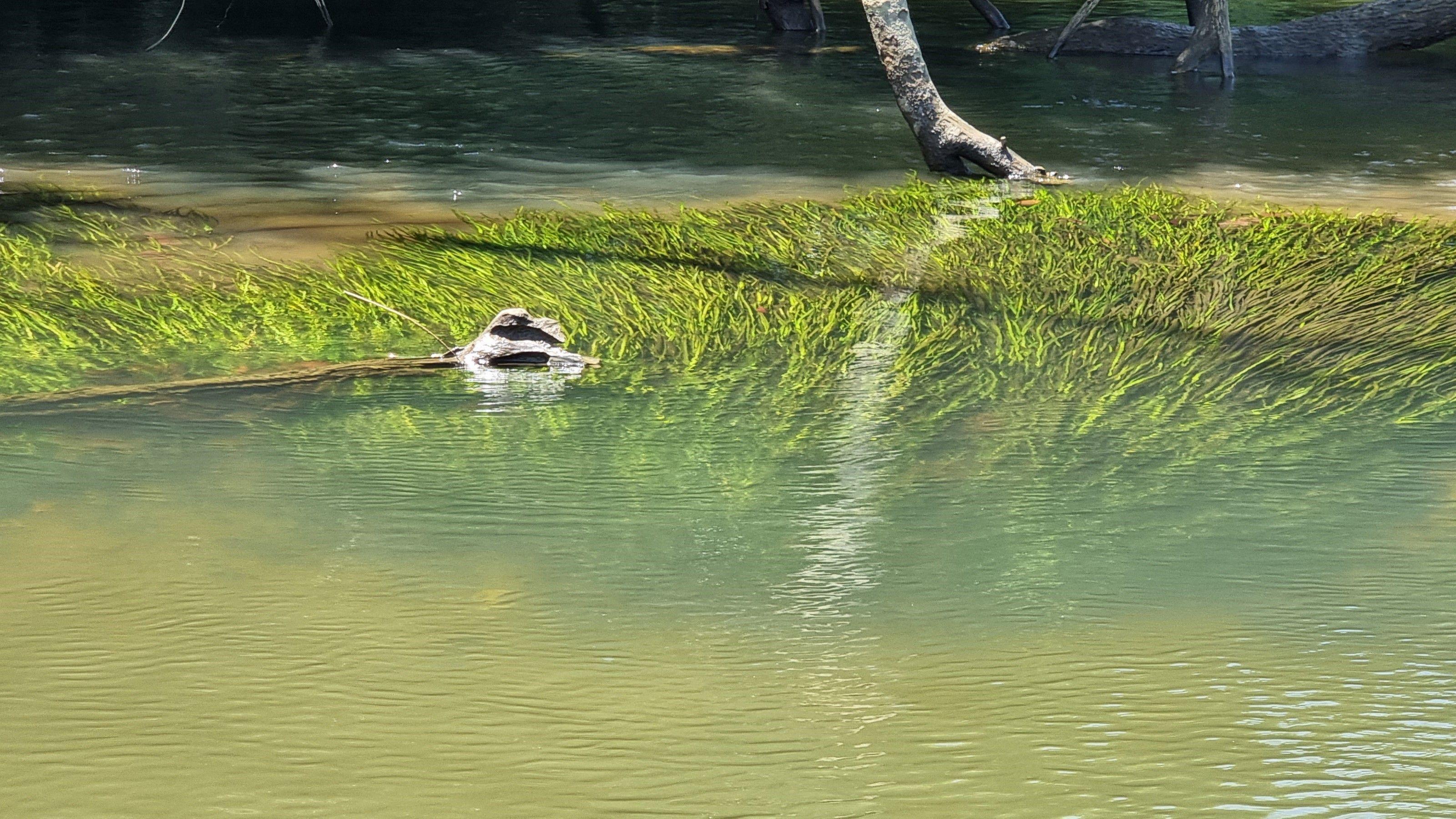
Vallisneria nana is recognised by aquatic scientists as the most important fish habitat for native species. Image: Jaragun EcoServices (2023)
The funding will also allow Jaragun EcoServices to engage a consultant to undertake a commercial assessment of opportunities to plan for long-term investment beyond the project’s timeline, to enhance restoration programs and create enduring opportunities for Wanjuru to work on Country.
For more information about Jaragun EcoServices, visit: https://www.jaragun.com.au/
This article was written by Candice Bartlett and Liz Owen.
The project, Restoration of Multihabitat Mangrove Ecosystems, Russell-Mulgrave Basin, is funded by the Australian Government's Reef Trust.



